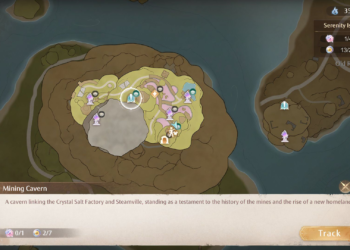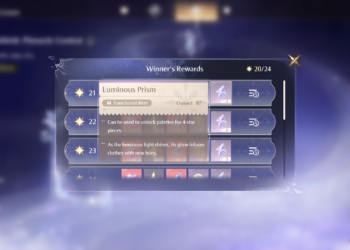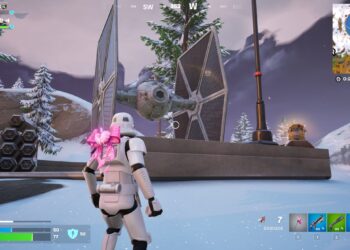Smite 2 offers players remarkable flexibility in team composition compared to other MOBAs. You can choose any character for any role, which encourages experimentation—even if some combinations might not perform optimally.
While there are no strict rules governing team composition, certain strategies tend to work more effectively than others. The tips outlined here can be seen as guidelines, but feel free to get creative and break them if you think it will benefit your team.
As of now, Smite 2 is in Early Access, and the information shared here may undergo significant changes as the game evolves.
Bring A Diverse Team
Your team should have a variety of strengths. Having many characters with similar abilities can also lead to shared weaknesses. Instead, a team with diverse strengths will be able to adapt and formulate strategies more effectively, as long as everyone plays their role well.
Or Focus On One Key Strength
The point above is not an absolute rule. Teams that concentrate on a specific aspect, such as area-of-effect (AoE) damage, can be quite powerful, but they may lack in other areas, like single-target damage. If the opposing team identifies this weakness, they can take advantage of it.
Planning Your Duo Lane
The Duo Lane provides much flexibility because it typically has multiple characters from each team, opening up numerous combination possibilities.
- It’s often beneficial to include one melee and one ranged character in the Duo lane. If you have a tank-like Support, pairing them with a ranged Carry allows the Carry to safely deal damage from behind the Support.
- Conversely, if your Support character is ranged and mainly focused on healing, including a melee Carry can permit the Support to prioritize their healing role without constant interruptions from enemy attacks.
Currently, the only Carry character who can effectively use melee Basic Attacks is Ullr. However, some characters can handle close-range situations better than others, allowing them to protect the Support character without needing to engage in melee combat constantly.
Some successful character combinations include:
- Geb (Support) and Danzaburou (Carry)
- Sobek (Support) and Zeus (Carry)
- Ullr (Carry) and Yemoja (Support)
- Zeus (Carry) and Aphrodite (Support)
On the other hand, having two melee characters can put significant pressure on your opponent, especially if they are the only ones nearby.
Consider Early and Late Game
The early game and late game experiences will be markedly different, so a character or playstyle that excels in one phase may struggle in the other.
Compensate for Early Game Weaknesses
Some characters, like Jing Wei, tend to be weak early on but become very powerful later. To mitigate this early disadvantage, picking strong Support characters like Geb or Sobek can provide the necessary coverage. Sobek and Geb remain effective in the late game, potentially bolstering a powerful Jing Wei behind them.
Characters that may start slowly but grow stronger later include:
- Jing Wei
- Hua Mulan
- Thanatos
Build for Late Game with Smart Choices
Your selection of gods may shift as you plan for late game. For example, Ra excels in the middle or solo lane, where he may be isolated for extended periods. This can make it challenging to utilize his God Aspect effectively for Support.
However, as the game progresses, team fights become more common, and maintaining that God Aspect can bolster your team’s overall Support. If your team includes a tanky Support character, you can still have healing capabilities in the late game or stack extra healing resources.
Examples include:
- Ra – Late-game healer
- Hercules – Late-game tank
- Sobek – Late-game tank
- Baron Samedi – Late-game hybrid
Your choice of Solo God will greatly influence your team’s late-game capabilities. Many solo characters are self-sustaining and can fill a variety of roles, from tanking to healing, or a mix of both.
Mobility Creates Opportunities
A team composed of high-mobility characters can take advantage of rotations through lanes during a match, gaining leverage when necessary. For instance, the Jungler typically represents this flexibility, moving between lanes from their base in the jungle.
However, other characters can exhibit this mobility as well. Athena is a prime example of a character capable of swiftly navigating the map to assist teammates or create unforeseen advantages against the enemy.
Other notable high-mobility characters (excluding those primarily in the Jungler role) include:
- Medusa
- Fenrir
- Jing Wei
- Susano
- Hecate
Incorporating a few of these characters into the same team can result in a dynamic and challenging group for opponents to track throughout the match.






